Five-Color Sticky Rice of Ha Giang: A Specialty Rich in Ethnic Culture
When considering the gastronomic scene of Vietnam, what images arise? Maybe pho or banh mi, but five-color sticky rice is a meal as vibrant as the culture itself—hidden far north. This classic meal is a sensory trip, a cultural expression, and an artistic creation rather than only food. Let MOTOGO Tours explore Ha Giang’s vibrant universe of five-color sticky rice.
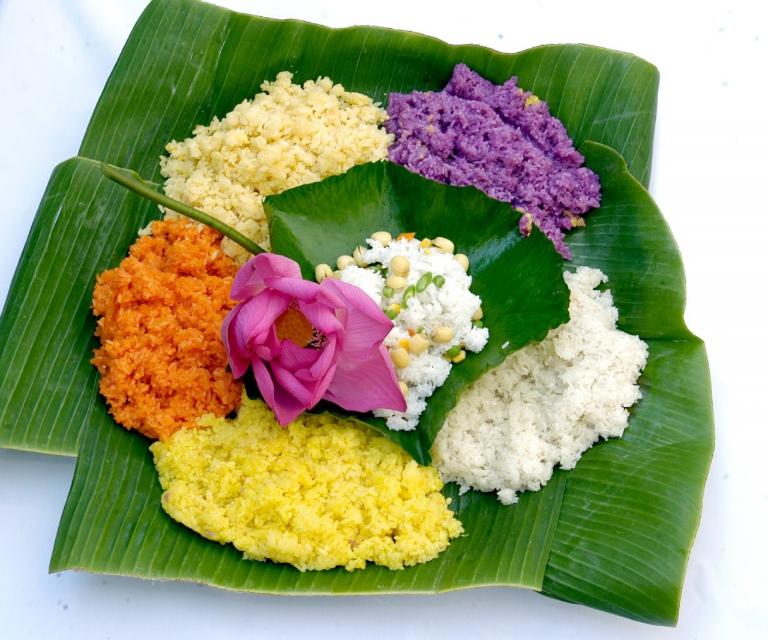
An Overview of Five-Color Sticky Rice in Ha Giang
Ha Giang is renowned not just for its breathtaking scenery but also for its distinctive and varied gastronomic scene. Travellers visiting Ha Giang can enjoy a variety of regional delicacies including Dong Van rice rolls, smoked sausage, ‘thang co‘, a traditional meal prepared from horse flesh, ‘thang den‘ gluconious rice balls in sweet broth and ‘au tau’ porridge. Among these treats, the five-color sticky rice is one that jumps out for its vivid colours, pleasant scent, and sticky, soft feel.
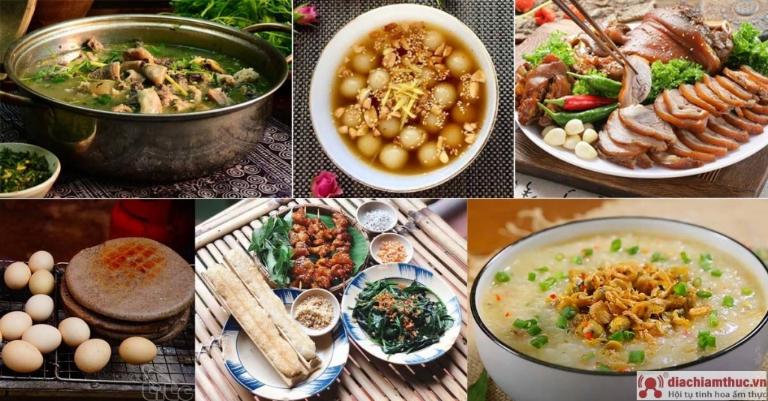
Five-color sticky rice, derived from the Tay ethnic group, has evolved into a mainstay of regional celebrations. During holidays, Lunar New Year, and other group events, this is a must-eat meal. This colourful cuisine, which is adored by visitors from both nearby and far, has developed over time into a famous speciality of Ha Giang.
The five colors—white, red, green, yellow, and purple—used to dye the rice provide the meal its name. Reflecting the five elements of metal, wood, water, fire, and earth, each colour has great significance and symbolises distinct aspects in nature. These components are supposed to bring in wealth and seamless development in the next year.
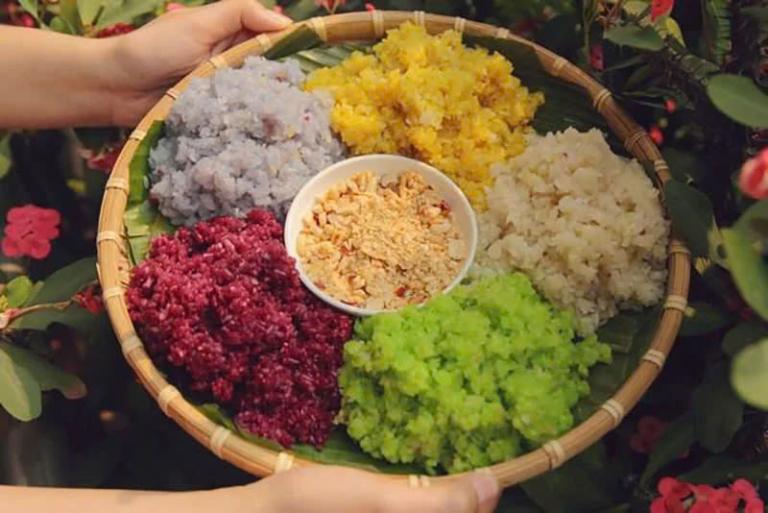
Every one of the five colours has particular meaning. The red stands for fire and passion, for dreams and wishes. Yellow is a promise for a well-rounded existence full of happiness—that of wealth and success. Green stands for the yearning for rich land and many crops since it symbolises the lush mountains, trees, and vegetation. White represents fidelity and the unwavering nature of love; purple, which corresponds with water, marks a year blessed with good weather conditions.
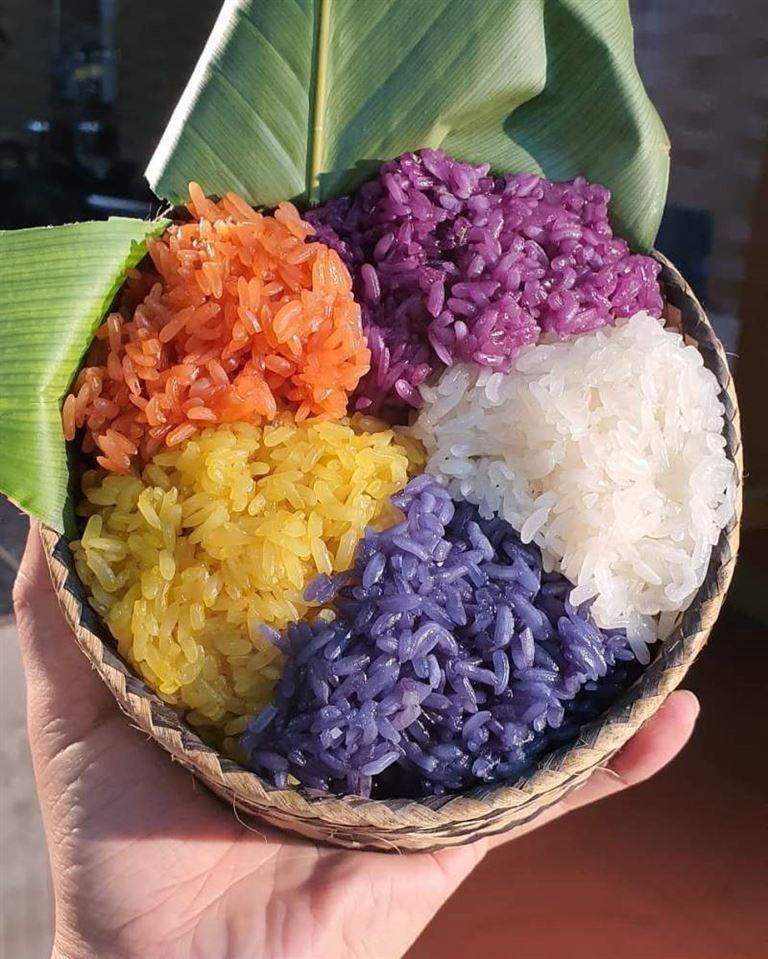
These colours harmonise to fit the ideas of yin and yang as well as the five elements. This mixing is also supposed to increase the link among heaven, earth, and humans, therefore promoting unity. The Tay people believe that a home is supposed to be more rich the more vivid and enticing the colours of the sticky rice are. As a result, cooking this meal calls for considerable attention to detail and ladies make sure every element is painstakingly perfect.
The Ingredients that Make It Unique
Because of the unusual ingredients that give five-color sticky rice its vivid look and different flavours, it is really a culinary wonder. Every element of this dish contributes significantly to make it not only aesthetically beautiful but also very rich in cultural and health advantages.
Main Ingredients and Their Roles
High-quality glutinous rice, sometimes called sticky rice or “xôi nếp,” is at the core of five-color sticky rice. Because it contains more starch, this range of rice differs from standard white rice in terms of chewy and sticky texture once cooked. The strong yet soft firmness of the dish depends on this quality, which lets the rice retain the colours and tastes from the natural components used. Usually white, the glutinous rice provides the basis for the five various colours.
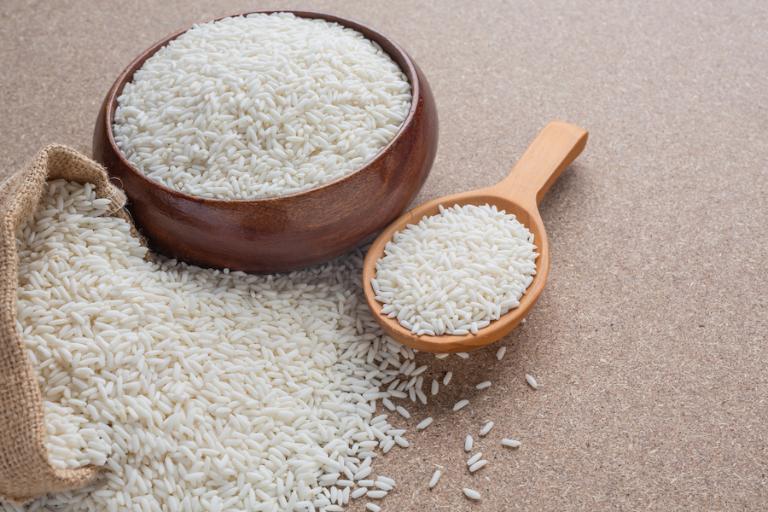
The Natural Dyes Used to Achieve Vibrant Colors
The bright, naturally occurring colours of five-color sticky rice are its actual attractiveness. The five colours represent various cultural connotations and are attained with locally grown foods noted for their natural colouration. Let us investigate every colour and its source:
Red: Usually achieved with gac fruit (momordica cochinchinensis), a tropical fruit with a deep red, oily pulp, Gac fruit gives the rice a faint sweetness and richness in addition to being a dye. Rich in lycopene and beta-carotene, two potent antioxidants that strengthen the immune system and support eye health.
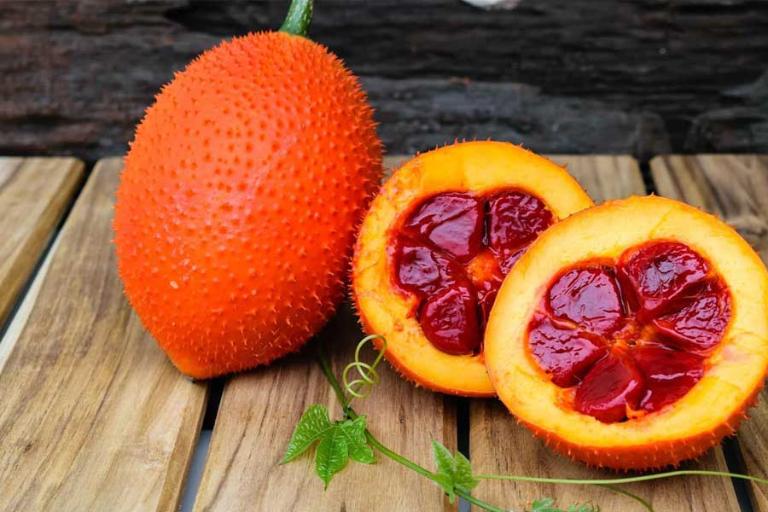
Yellow: Using turmeric root, a brilliant yellow spice well-known for its anti-inflammatory qualities, produces a vivid yellow colour. Along with being prized in traditional medicine for its therapeutic qualities, the turmeric lends the rice a warm, earthy taste. It balances the rice’s inherent sweet taste by adding a tiny sharpness to the meal. Additionally representing riches and success is the use of turmeric.
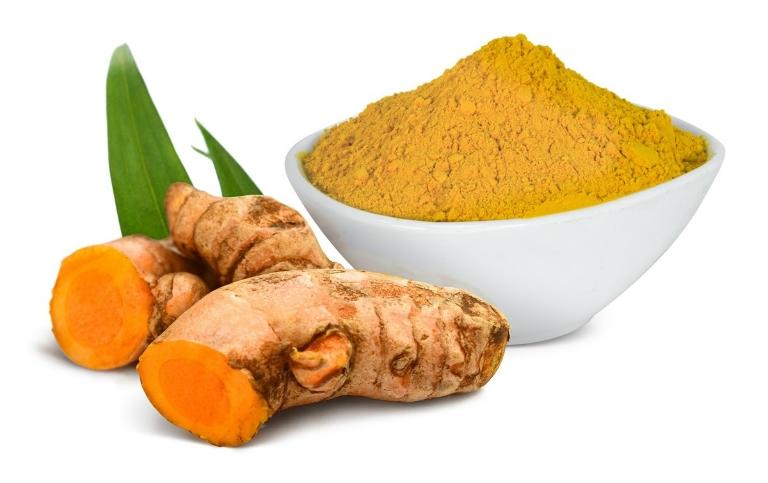
Green: Using pandan leaves or green tea usually results in the green hue. Commonly employed in Southeast Asian cookery, pandan (screwpine) leaves have fragrant characteristics. To extract the inherent green pigment, the leaves are crushed or mixed with water. This component imbues the rice with a fresh, grassy scent in addition to its pleasing colour.
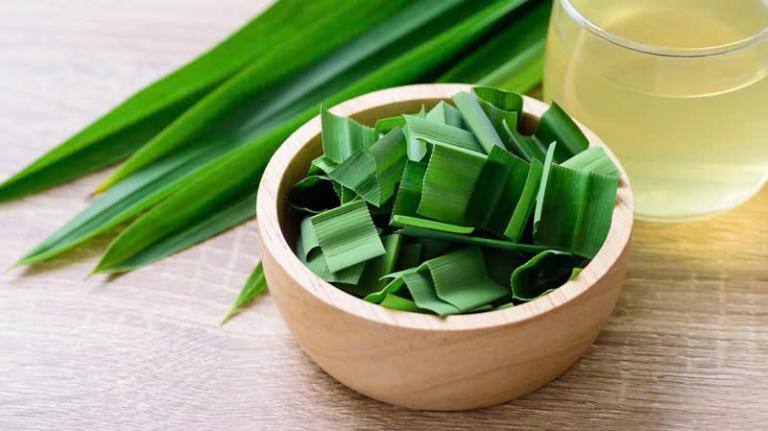
Purple: Locally referred to as “lá cẩm,” the purple colour comes from magenta plant leaves. Boiling these leaves releases a deep purple hue that wonderfully colours the rice. Growing in the area, the magenta plant is well-known for its cool qualities, which help to lower body temperature. The purple hue gives the meal more cultural value since it stands for recollection and loyalty.
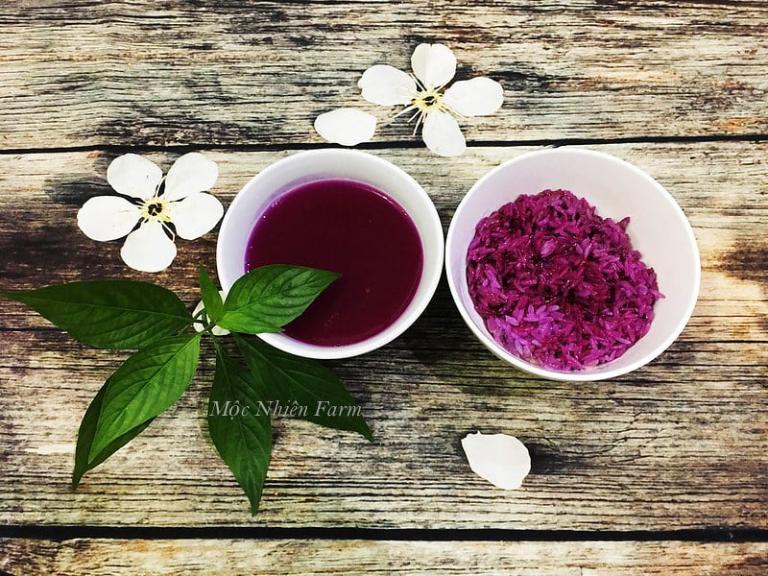
White: Simply the natural colour of the glutinous rice itself, white symbolises purity and is found in five-color sticky rice. To preserve their natural, unspoiled look, this section of the rice is left undyed. It balances the more vivid colours by acting as a neutral contrast for them.
>>> Let’s see more: Smoked Buffalo Meat | Discover Ha Giang’s Unique Culinary Delicacy
Additional Flavor Enhancers and Aromatics
Although the colours take front stage, five-color sticky rice can also use other ingredients to improve its taste and scent:
- Coconut milk: To give the rice a rich, creamy texture, occasionally it is steeped in coconut milk before steaming.
Sesame seeds and crushed peanuts: Usually sprinkled over the rice before serving, sesame seeds and crushed peanuts give a nutty taste and crunchy texture. - Salt and sugar: Sometimes the rice is blended with a tiny bit of salt or sugar to offset the tastes. While sugar might provide some sweetening for a more dessert-like meal, salt accentuates the inherent sweet taste of the sticky rice.
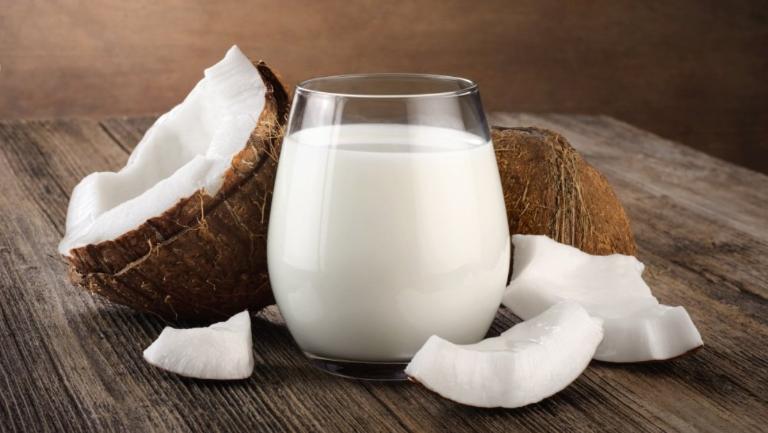
Apart from their remarkable look, the natural components provide layers of taste and nutritious value. This use of natural pigments and flavour enhancers maintains the meal real and links it to the local customs and gastronomic legacy of northern Vietnam.
The Preparation Process of Five-Color Sticky Rice
Making five-color sticky rice is a painstaking procedure that calls both patience and close attention to detail. Every action helps to highlight the vivid colours and distinctive tastes that define this meal and make it so unique. Here is a thorough guide on traditional preparation of five-color sticky rice.
Step 1: Selecting and Preparing the Sticky Rice
Selecting premium glutinous rice—also referred to as sticky rice—comes first. Search for grains with a somewhat milky look and consistent size since these features point to freshness and stickiness. Though some people would rather soak the rice overnight to get a softer texture, it should then be soaked in water for at least five hours. Soaking helps the grains absorb water, so enabling them to steam uniformly and becoming delicate.
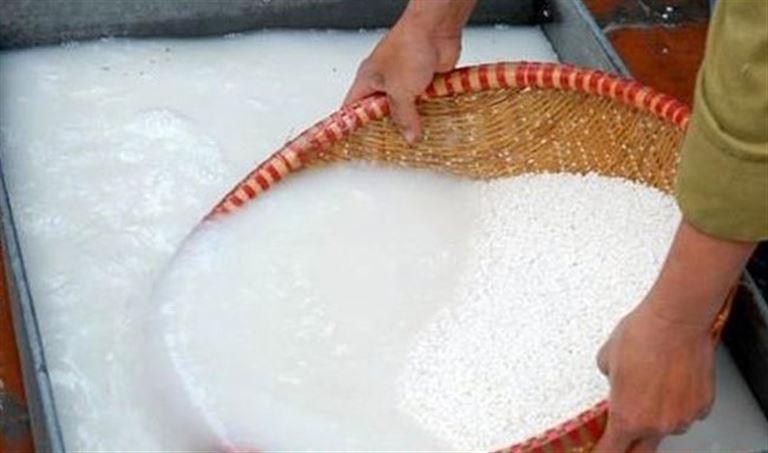
The rice must to be completely drained after soaking. During this process, handle the rice gently to prevent shattering the grains since whole grains add to the attractive look and texture of the dish.
Step 2: Creating the Natural Dyes
Making the natural dyes needed to provide the sticky rice its five unique colours comes next. Every colour is obtained using certain natural components, chosen for their vivid colours and subdued flavours:

- Red: Red beetroot or gac fruit pulp forms the red pigment. To accentuate the colour, toss the pulp of gac fruit with a small rice wine drizz.
- Yellow: Bright yellow dye is made from turmeric root. Boiling the turmeric in water will help to extract its hue. The rice is soaked in this liquid next-after.
- Green: Pandan leaves or green tea produces the green colour. While green tea can be steeped to accomplish a similar result, pandan leaves are cooked to release their colour.
- Purple: The magenta plant lá cẩm provides the dye for purple. The rice is soaked using a deep purple liquid created from boiling the leaves.
- White: The sticky rice naturally comes white. This part is left undyed to stand for harmony and purity in the finished dish.

Every dye is made separately: boiling the natural component in water for roughly 15 to 20 minutes, then filtering the liquid to get any solid bits out. The outcome is a collection of strikingly brilliant liquids, each ready to provide the rice their particular hue.
Step 3: Mixing the Dyes with the Rice
Five equal quantities of soaking sticky rice are split after the colours have been created. Every section is set in a different basin, and the rice is completely soaked with the natural pigments poured over top. To totally absorb the colour, the rice should soak in the dye for roughly thirty to an hour.

The rice will acquire not only the colours but also the subdued tastes of the natural components applied during this period. Sometimes stirring the rice guarantees a consistent colour dispersion and helps to avoid any clumping.
Step 4: Steaming the Rice
Steam each piece once the rice has taken up the colours. Conventional techniques steam using a bamboo steamer lined with cheesecloth or muslin cloth to stop the grains from straying through the crevices. The meal gains a delicate, fragrant note from the bamboo steamer as well.
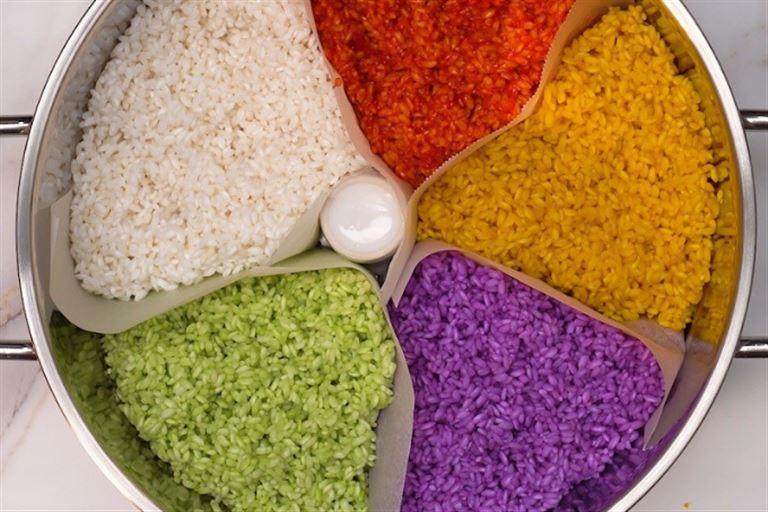
Starting with the lightest colour (white) to prevent any colour transfer, each coloured section is steam-cooked individually for roughly thirty to forty minutes. To guarantee consistent cooking, the rice is distributed equally in the steamer; a little water can be added to keep moisture in the steamer. Tight lid covering of the steamer helps to trap the steam, therefore fully cooking the rice
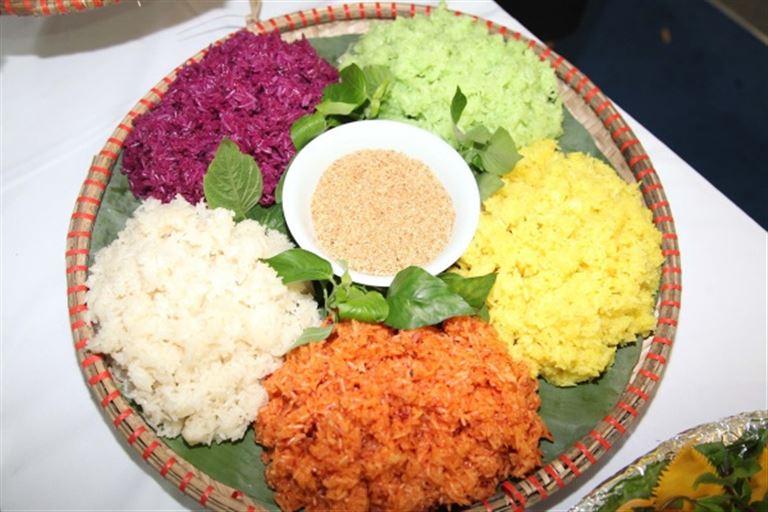
To check if the rice is ready, gently press a few grains between your fingers. It should be tender but firm enough to hold its shape. If the rice is not fully cooked, steam it for an additional 5-10 minutes, checking periodically.
>>> Explore Bac Me Lam Rice: A Culinary Treasure of Ha Giang
Combining and Serving the Steamed Rice
Every bit is permitted to cool gently after steaming. After that, the coloured rice is laid out on a serving plate usually in a circular or floral arrangement to provide for an attractive presentation. Usually side by side without combining, the five colours represent unity in variety.
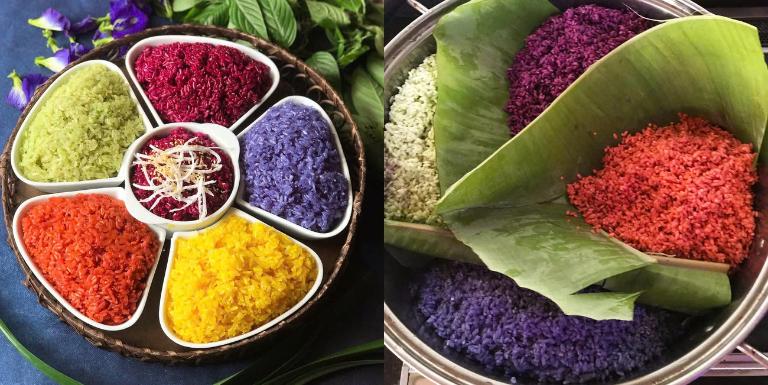
One can provide five-color sticky rice either as a main course or as part of a bigger dinner. It goes quite well with sausages, grilled meats, or classic Vietnamese cuisine including boiling chicken. To improve its presentation in festive contexts, the rice is sometimes moulded using decorative moulds or fashioned into complex patterns.
Where to Enjoy the Best Five-Color Sticky Rice in Ha Giang
If you get the chance to visit Ha Giang, don’t miss the chance to savour a dish that captures the particular gastronomic customs of the area: five-color sticky rice. These days, this delicacy is easily found at several tourist destinatons in Ha Giang, which helps guests locate a seller offering it. Nonetheless, any vendor may make the sticky rice with a somewhat varied taste or degree of softness, thereby allowing every individual to have their unique experience based on their taste preferences.
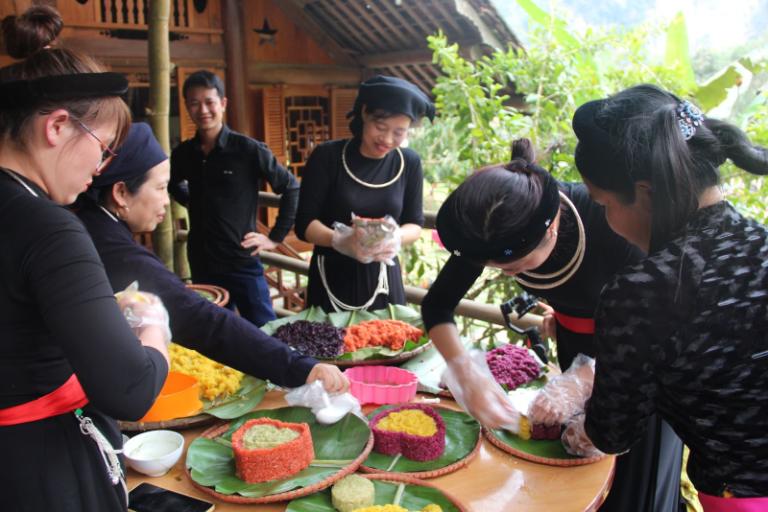
Visit the Ha Giang local markets to really enjoy the unique tastes of five-color sticky rice. Popular choices where many sellers provide this renowned meal are the Dong Van Market, Meo Vac Market, and Quyet Tien Market. Usually, native women boil the rice at home; they then wrap it in banana or dong leaves to retain warmth. Opening the wrapping releases the strong scent, which makes it difficult to resist grabbing a bit straight away.
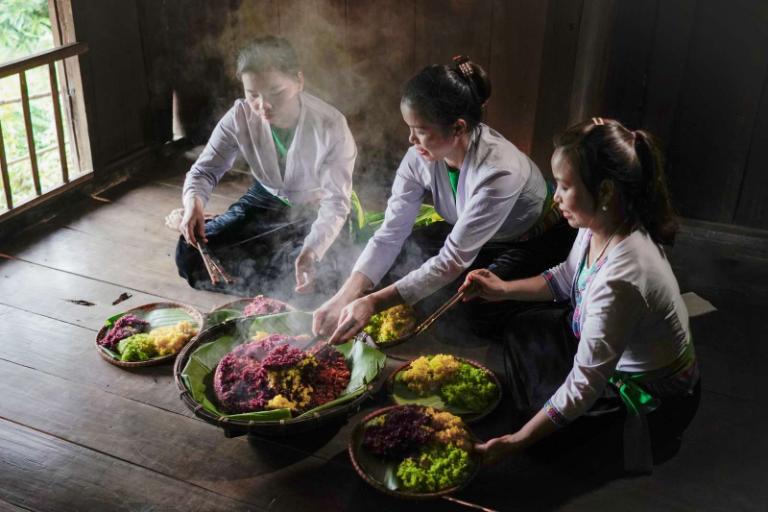
Usually ranging from around VND 5,000 to VND 10,000 per plate, five-color sticky rice in Ha Giang is rather reasonably priced. This little quantity will satisfy your appetite and provide you the vitality required for a day of exploring Ha Giang. Usually sold late morning or around lunchtime, the meal is best timed for your market visit to guarantee you do not miss anything.
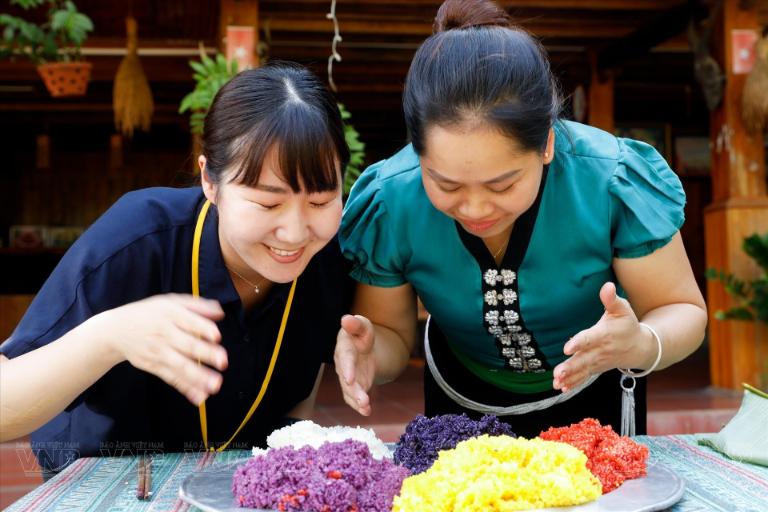
Five-color sticky rice is not just a dish but also a cultural symbol that reflects the traditional values of the ethnic communities in the mountainous regions. This article aims to provide you with useful insights into this unique specialty. We wish you a fulfilling trip to Ha Giang, and don’t forget to enjoy this delightful dish while you’re there!
Related Posts:
- Ha Giang’s Culinary Specialties – Top 17 Famous Dishes From This Renowned Northern Land
- Ha Giang Sausage: Discover the Authentic Taste of Northern Vietnam
- Cap nach Pork in Ha Giang: A Culinary Tradition to Savor
- Ha Giang’s Buckwheat Cake | Experience the Taste of the Stone Plateau
- Experience the Essence of Shan Tuyet Tea in Ha Giang



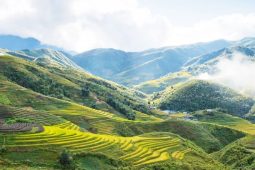



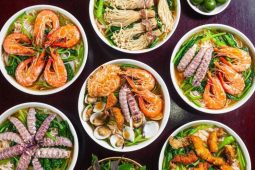

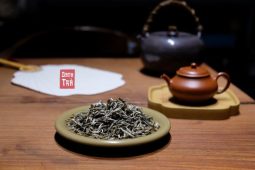
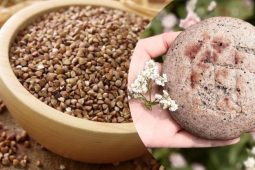
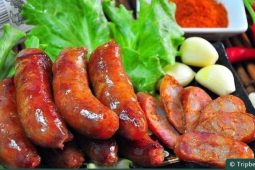
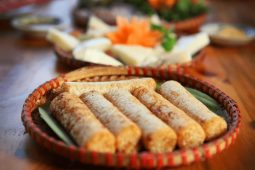
Be the first to comment!